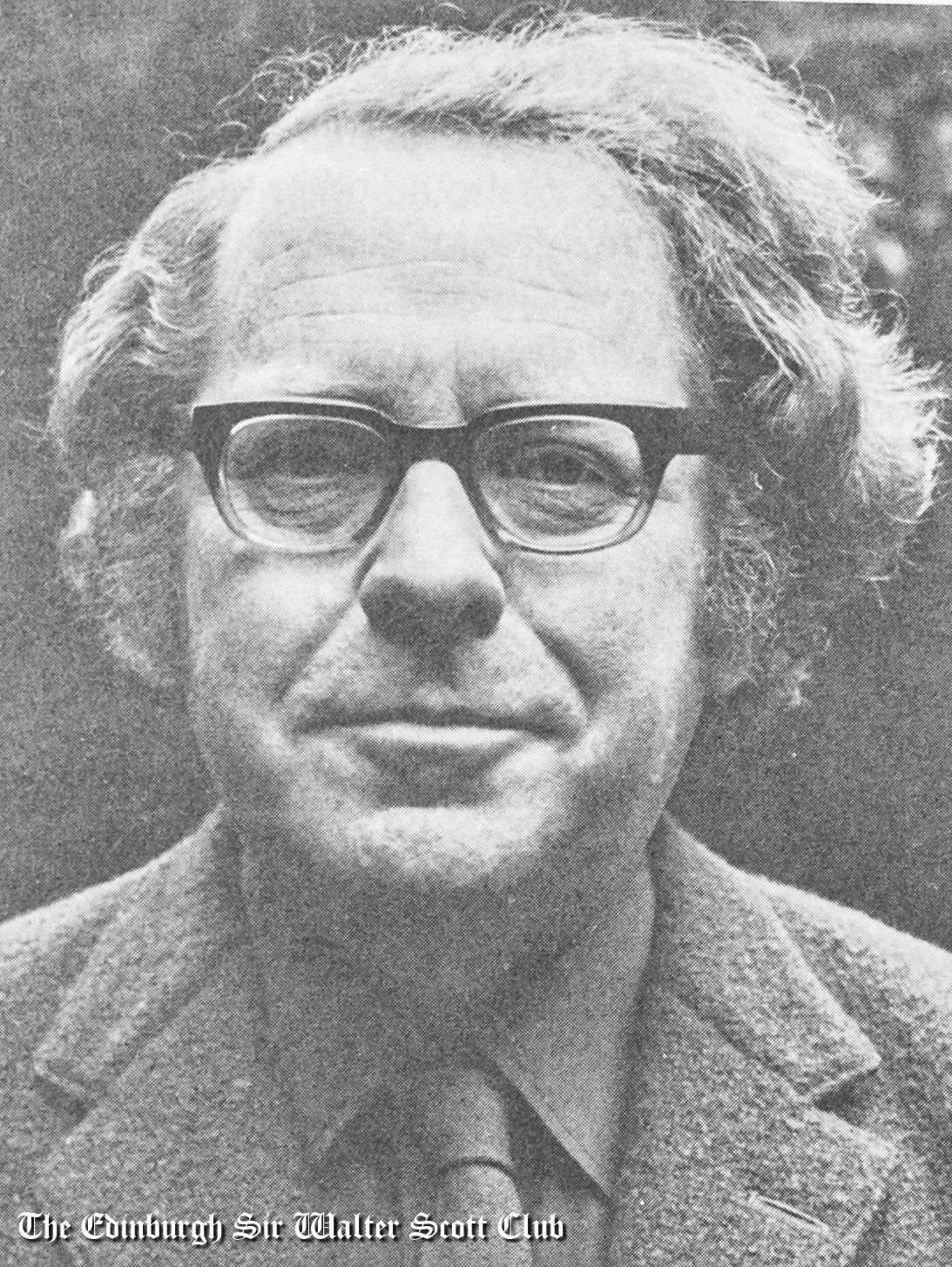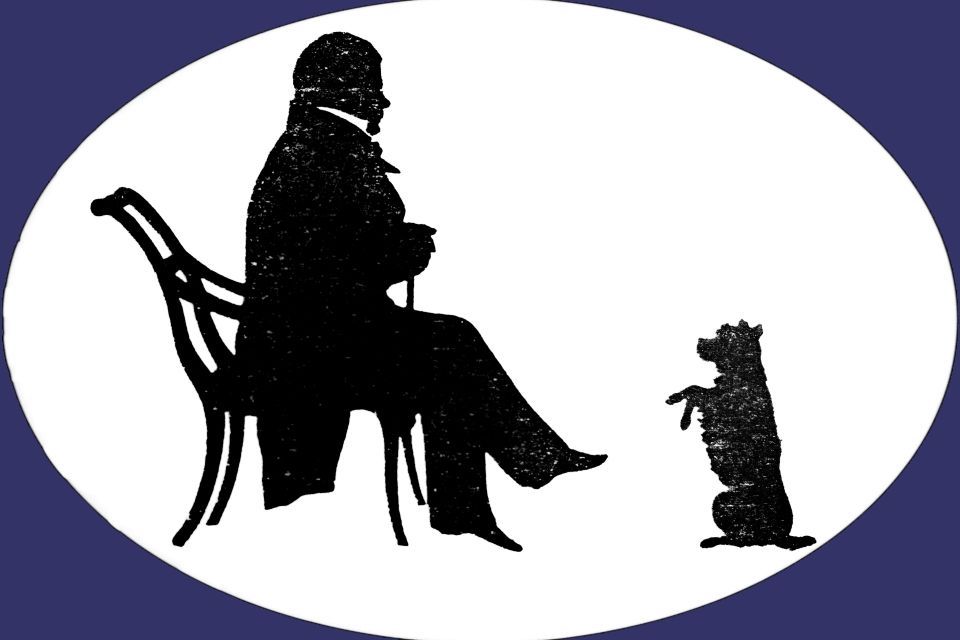1981
Our President in 1981/82 was:
Professor R. J. Adam
He proposed the Toast to Sir Walter at our 74th Annual Dinner on Friday 5th March 1982 in The North British Hotel
Download the [transcript] or read the [bulletin]
Summary of the Speech:
Professor R. J. Adam’s toast marking the 150th anniversary of Sir Walter Scott’s death was a rich, personal, and scholarly meditation on Scott’s legacy, his imaginative world, and the enduring relevance of his fiction.
Core Themes and Highlights
- The Passage of Time and the Imaginative Bridge
Adam begins by contrasting the temporal distances in Scott’s novels with the 150 years since his death. Though time has moved on, imagination allows modern readers to reconnect with Scott’s world. He stresses that imagination—both Scott’s and our own—is the bridge across historical distance. - Scott’s Historical Imagination
Adam praises Scott's handling of the past, particularly his “day before yesterday” sensibility. Novels such as Waverley, The Heart of Midlothian, and Old Mortality are firmly grounded in the Scottish past, whereas later ventures (Ivanhoe, Quentin Durward) move into more speculative, less grounded territory. - Scott and the Present
While critics have lamented that Scott did not write about his own time, Adam argues that Scott’s engagement with history often illuminated contemporary issues through analogy. He references Edgar Johnson’s analysis of how Scott portrays time, conflict, and principles in each novel. - Scott’s Relationship with Fiction and History
Adam explores Scott’s modesty about his own work, citing his own disclaimers in the prefaces to Quentin Durward. Yet, even as Scott mingled fiction with history, his genius lay in interpreting the “spirit of the age.” His characters, whether historical (like Claverhouse) or fictional (like Waverley), are vivid products of imagination rooted in historical insight. - Geographical Reach—and Absence
While Scott wrote compellingly about parts of Scotland (the Borders, Edinburgh, the Highlands), there were notable absences: St. Andrews, Culloden, Inverness. Adam speculates on why Scott never incorporated certain regions or events (e.g. Drumossie) into his fiction, suggesting psychological reticence and personal memory gaps. - Scott the Tourist and Catalyst for Tourism
Adam credits Scott with stimulating early Highland tourism. He notes that The Lady of the Lake inspired hundreds of visits to Loch Katrine and that journeys to Staffa, Iona, and Loch Coruisk helped catalyse literary tourism. Scott’s picturesque descriptions were instrumental in shaping perceptions of Scotland. - Scott's Technique
Adam highlights Scott’s skill with atmosphere and secondary characters, arguing that his central figures often fade while supporting characters and scenery endure. He likens Scott’s narrative method to television direction—strong visuals, compelling dialogue, and episodic structure. - Scott Abroad: A Curious Absence in Fiction
Despite trips to Paris and interactions with Napoleonic figures, Scott never incorporated Paris into his novels. Adam contrasts this with Scott’s exhaustive treatment of British history and suggests that, for Scott, home was where imagination rooted deepest. - A Personal Reflection
Adam closes with a moving account of his own ancestral connection to the Borders and to the tradition Scott represents. He shares family lore tracing descent from Auld Wat of Harden and speaks of the inherited sense of place and history that binds him to Scott’s world.
Interesting Points Worth Noting
- Adam makes a compelling argument that Scott would be writing for television if alive today—due to his set-pieces, pacing, and memorable dialogue.
- He defends Scott’s anachronisms and omissions as part of a larger imaginative and moral vision, not scholarly failings.
- The suggestion that Quentin Durward demonstrates Scott’s attempt to depict the “spirit of the age” rather than historical accuracy is especially insightful.
- Adam’s own family anecdotes—especially about the Annandale provost and Langholm milliners—lend the address warmth and authenticity.
- The speech ties personal memory, historical insight, and national identity into a powerful reaffirmation of Scott’s relevance.
- An elegant and resonant address, deeply rooted in scholarship and personal feeling, perfectly fitting for the occasion.
Download the [transcript] or read the [bulletin]



